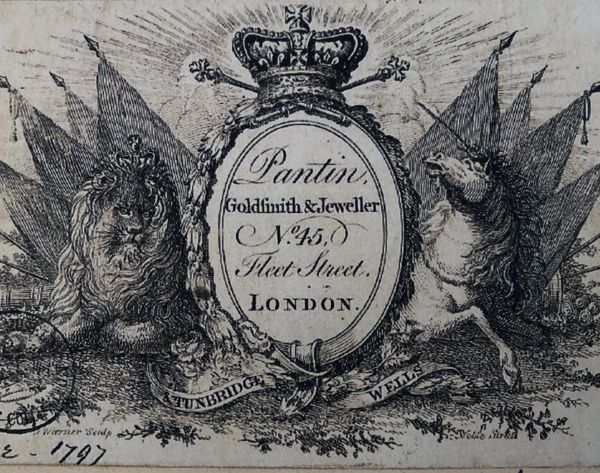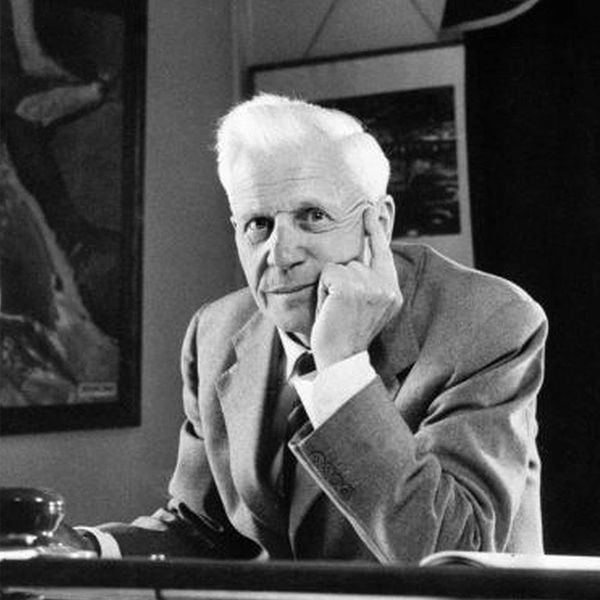Pictures from the Thomas Pantin company archives
Thomas Pantin founded the business in London in 1788
Painting by James Northcote RA

The calling card of Lewis Pantin 1797

A clock made by Lewis Pantin , on display in the Imperial collection Beijing.

My Great Aunt Dr Mabel Pantin- Single handedly built, campagned for and funded the building of a hospital in Dongkau China. 1900

Dr William (Billy Pantin) Historian, former Chairman of the company and winner of the Alexander Prize from the Royal Historical Society.

Sir Barnes Wallis, my Great Uncle who had connections to the Pantin Company.
The early formation on the Thomas Pantin Company
1779 Sir Paul Pinder (1565 -1650) laid down the first roots of the company in 1779. Pinder was a wealthy merchant and diplomat who lent the bulk of his fortune to King Charles 1. The family also donated £10,000 to the rebuilding of St Paul’s Cathedral. The elaborate carved timber façade of the house and office that Thomas Pantin worked in on Bishopsgate is preserved in the Victoria and Albert Museum, London having survived the great fire of London.
1779 Sir Paul Pinder (1565 -1650) laid down the first roots of the company in 1779. Pinder was a wealthy merchant and diplomat who lent the bulk of his fortune to King Charles 1. The family also donated £10,000 to the rebuilding of St Paul’s Cathedral. The elaborate carved timber façade of the house and office that Thomas Pantin worked in on Bishopsgate is preserved in the Victoria and Albert Museum, London having survived the great fire of London.
1779 Sir Paul Pinder (1565 -1650) laid down the first roots of the company in 1779. Pinder was a wealthy merchant and diplomat who lent the bulk of his fortune to King Charles 1. The family also donated £10,000 to the rebuilding of St Paul’s Cathedral. The elaborate carved timber façade of the house and office that Thomas Pantin worked in on Bishopsgate is preserved in the Victoria and Albert Museum, London having survived the great fire of London.
1788 Nine years after joining Morley and Pinder in 1788, Thomas Pantin formed his own firm and moved the business to 88 Smithfield EC1. Pantin kept good relations with the Pinder family and in 1796 married Samuel Pinder’s granddaughter and subsequently became known as Thomas Pinder Pantin.
1779 Sir Paul Pinder (1565 -1650) laid down the first roots of the company in 1779. Pinder was a wealthy merchant and diplomat who lent the bulk of his fortune to King Charles 1. The family also donated £10,000 to the rebuilding of St Paul’s Cathedral. The elaborate carved timber façade of the house and office that Thomas Pantin worked in on Bishopsgate is preserved in the Victoria and Albert Museum, London having survived the great fire of London.
1779 Sir Paul Pinder (1565 -1650) laid down the first roots of the company in 1779. Pinder was a wealthy merchant and diplomat who lent the bulk of his fortune to King Charles 1. The family also donated £10,000 to the rebuilding of St Paul’s Cathedral. The elaborate carved timber façade of the house and office that Thomas Pantin worked in on Bishopsgate is preserved in the Victoria and Albert Museum, London having survived the great fire of London.
1800's During the 1800's, Thomas Pantin conducted his business with City merchants in Cheapside and the Royal Exchange in Cornhill. Traders met here as well as around St Pauls Cathedral which was a popular rendezvous to swap news and also act as Bankers. The firm expanded and Thomas Pantin became a respected merchant with connections to the aristocracy and Royal Family.
1779 Sir Paul Pinder (1565 -1650) laid down the first roots of the company in 1779. Pinder was a wealthy merchant and diplomat who lent the bulk of his fortune to King Charles 1. The family also donated £10,000 to the rebuilding of St Paul’s Cathedral. The elaborate carved timber façade of the house and office that Thomas Pantin worked in on Bishopsgate is preserved in the Victoria and Albert Museum, London having survived the great fire of London.
1800's During the 1800's, Thomas Pantin conducted his business with City merchants in Cheapside and the Royal Exchange in Cornhill. Traders met here as well as around St Pauls Cathedral which was a popular rendezvous to swap news and also act as Bankers. The firm expanded and Thomas Pantin became a respected merchant with connections to the aristocracy and Royal Family.
